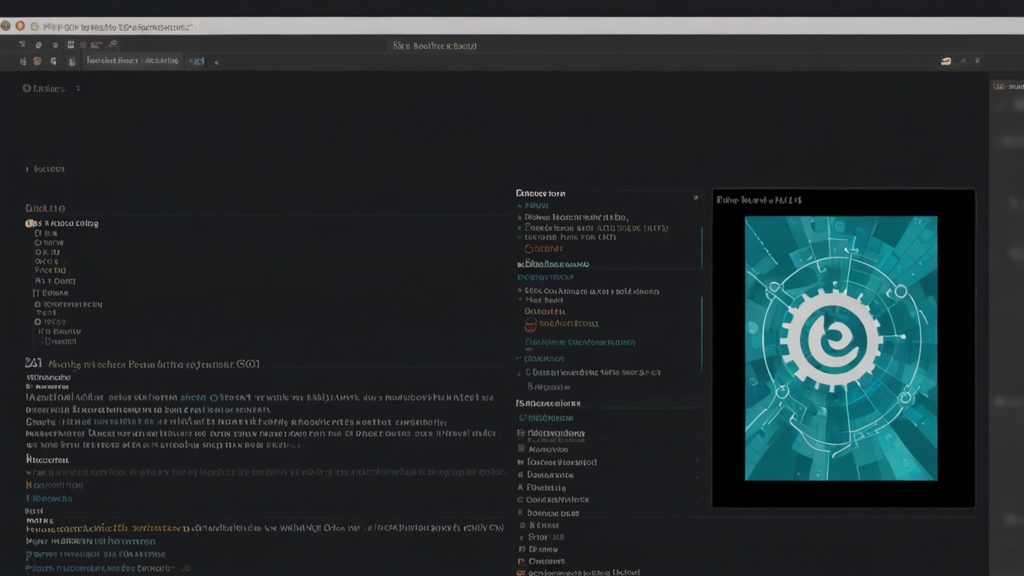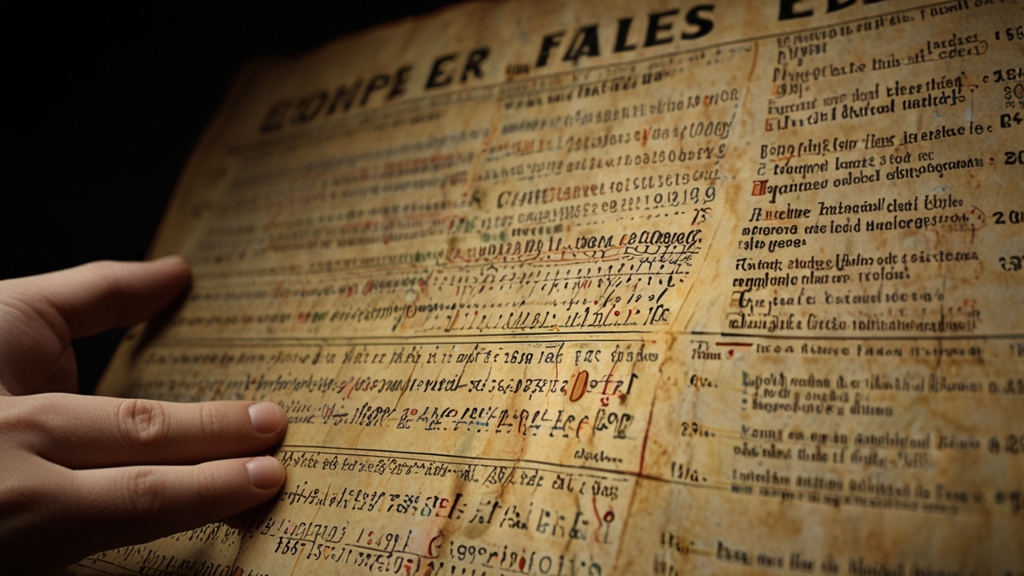Could Moses Have Written the Bible? The Evidence Explored
The question of whether Moses could have written the Bible or at least the first five books, known as the Pentateuch, is a longstanding debate that touches on historical, theological, and textual analysis. Many believers in the Judeo-Christian tradition hold that these texts were divinely inspired and written by Moses himself. However, modern scholarship has introduced various lines of evidence that complicate this traditional view.
Historical and Cultural Context
To understand whether Moses could have written the Bible, it's crucial to consider the historical and cultural context of the time. Moses is traditionally dated to the 13th or 14th century BCE. During this period, writing was certainly practiced in ancient Egypt and the Near East. The development of writing systems like cuneiform and hieroglyphs suggests that it was technologically possible for Moses or his contemporaries to document extensive texts.
However, the ability to write does not necessarily imply the authorship of these texts. Literacy rates were exceedingly low in antiquity, and writing was often reserved for scribes who served in administrative or religious capacities. This raises the question of whether Moses, assuming he was a real historical figure, would have had the literacy skills needed to compose such complex works.
Internal Evidence from the Texts
When examining the Pentateuch itself, several pieces of internal evidence appear to challenge Mosaic authorship. For instance, the texts include details that seem anachronistic if attributed to the time of Moses. Descriptions of certain places and customs sometimes reflect a context that scholars believe is more consistent with a later period, specifically when the Israelites were settled in Canaan.
"And Moses was very meek, more than all people who were on the face of the earth." - Numbers 12:3
This verse from the Book of Numbers raises questions because it would be unusual for someone to describe themselves in such terms. This has led some scholars to suggest that these texts could have been written by later authors who attributed the works to Moses for theological or cultural reasons.
The Documentary Hypothesis
One of the most significant challenges to Mosaic authorship is the Documentary Hypothesis, formulated by scholars in the 19th century. This hypothesis posits that the Pentateuch is a compilation of multiple sources, identified as the J, E, D, and P sources, each reflecting different traditions and time periods. According to this theory, the texts were gradually edited and compiled over centuries.
"The evidence from textual criticism strongly suggests that the Pentateuch is a composite work, involving various authors and redactors over an extended period." - Richard Elliott Friedman, "Who Wrote the Bible?"
These sources appear to have distinct linguistic and thematic characteristics, indicating that they were written by different authors. For example, variations in the names used for God and differences in narrative style point to diverse origins. The integration of these sources into a single cohesive narrative would have required editorial efforts beyond the capabilities of a single individual in Moses' time.
Archaeological and Textual Evidence
Archaeological findings have also been critical in assessing the claim that Moses wrote the Bible. Excavations in the Near East have yielded numerous artifacts and inscriptions that provide context for understanding the historical and cultural milieu of the biblical texts. While these findings have helped to corroborate certain biblical events and customs, they have also highlighted discrepancies between the archaeological record and the biblical narrative.
Furthermore, the study of ancient manuscripts, such as the Dead Sea Scrolls, has provided insights into how the biblical texts were transmitted and modified over time. The Dead Sea Scrolls include fragments of almost every book in the Hebrew Bible, revealing variations and editorial changes that suggest a complex history of authorship and transmission.
Conclusion
While the traditional view holds that Moses wrote the Pentateuch, a thorough examination of historical, textual, and archaeological evidence suggests a more nuanced picture. The development of writing technology, internal inconsistencies in the texts, the Documentary Hypothesis, and archaeological findings all point toward a composite work created by multiple authors over an extended period. This does not diminish the spiritual and theological significance of these texts but rather provides a deeper understanding of their origins and development.









